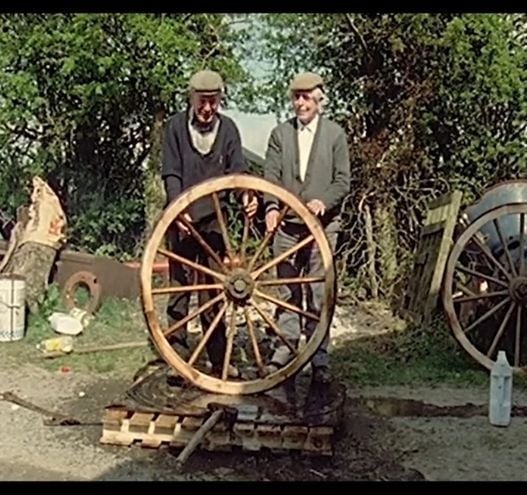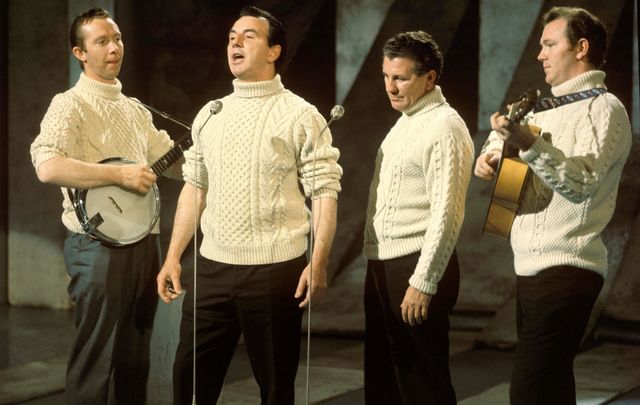
WATCH: An intimate, fascinating look into the history of Ireland’s folklife
"Living in the Landscape," now available on the IFI Player, delves into the history and creation of traditional tools used in everyday life in Ireland.
Learn about Irish history, folklore, and mythology - from the ancient times of glory to the modern Ireland.
